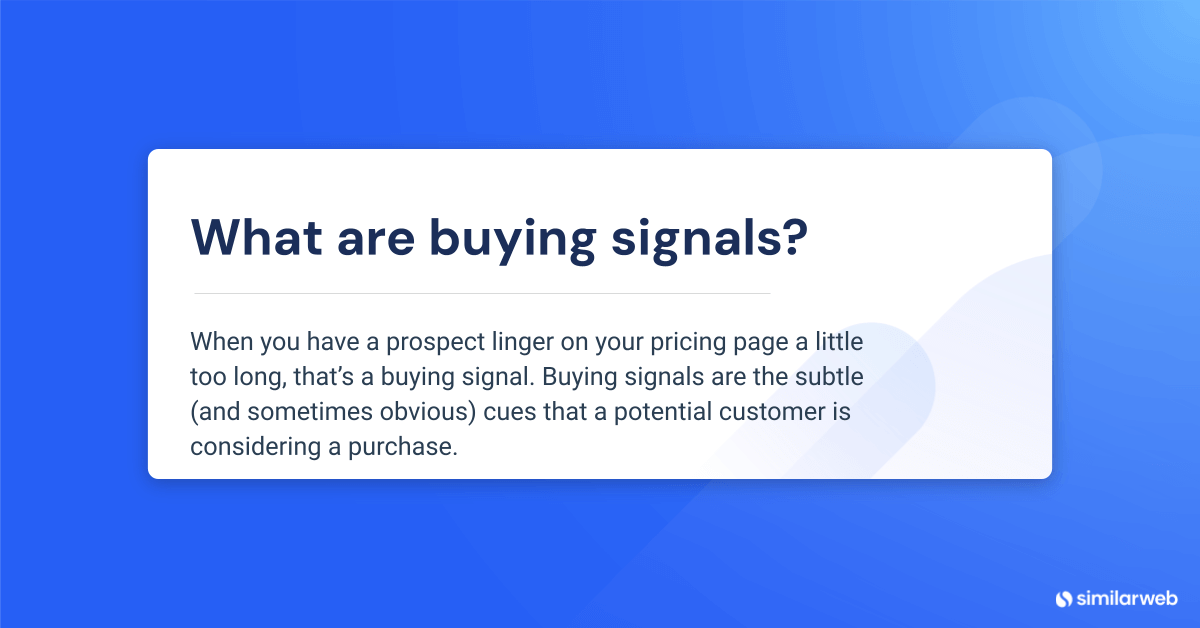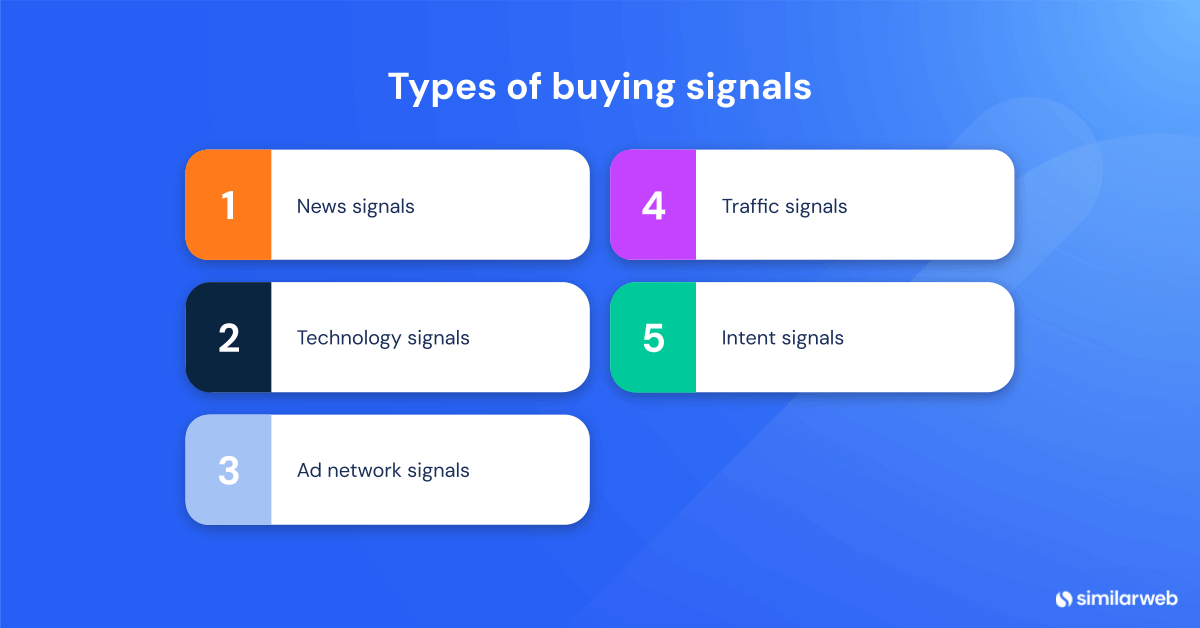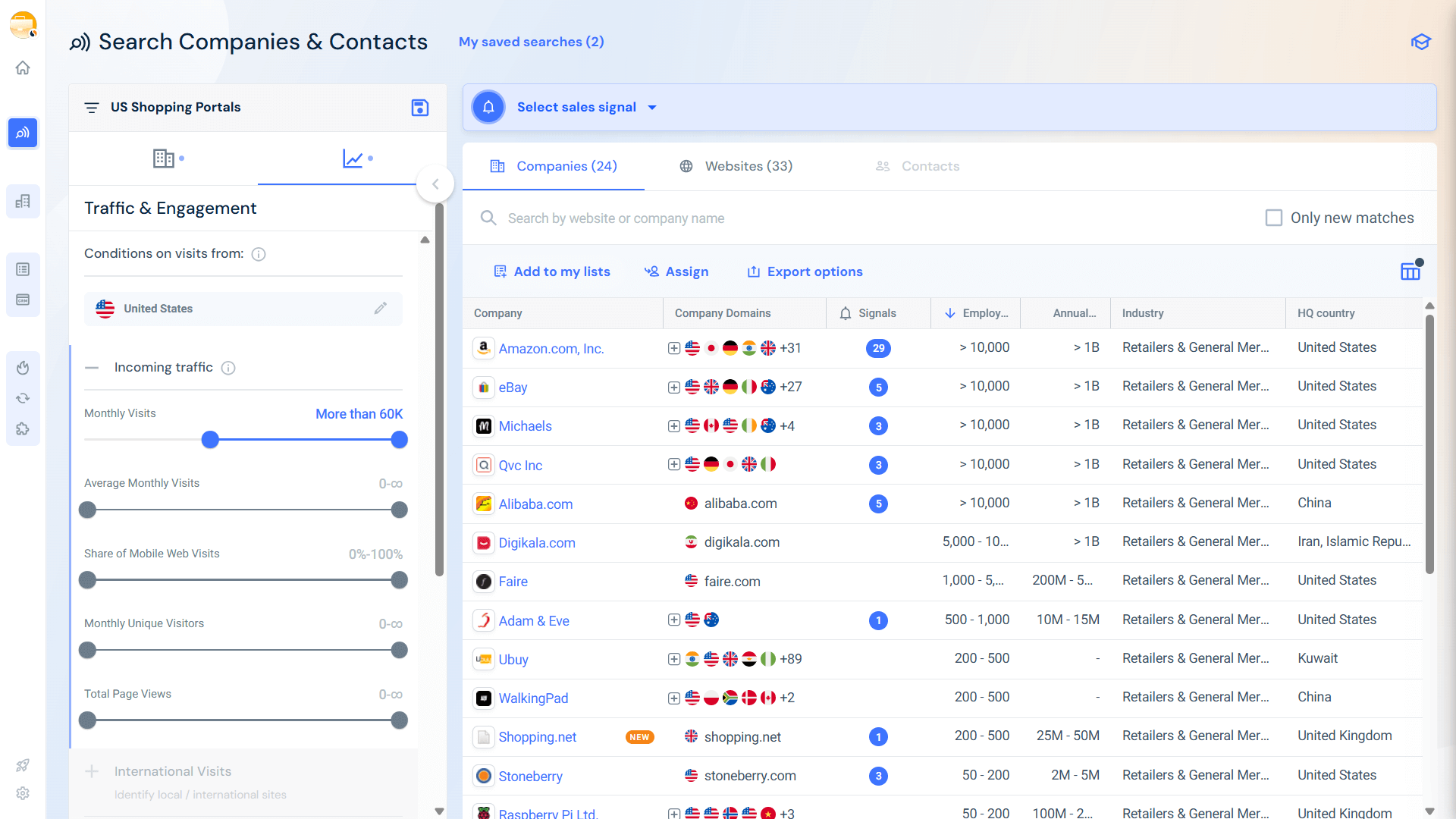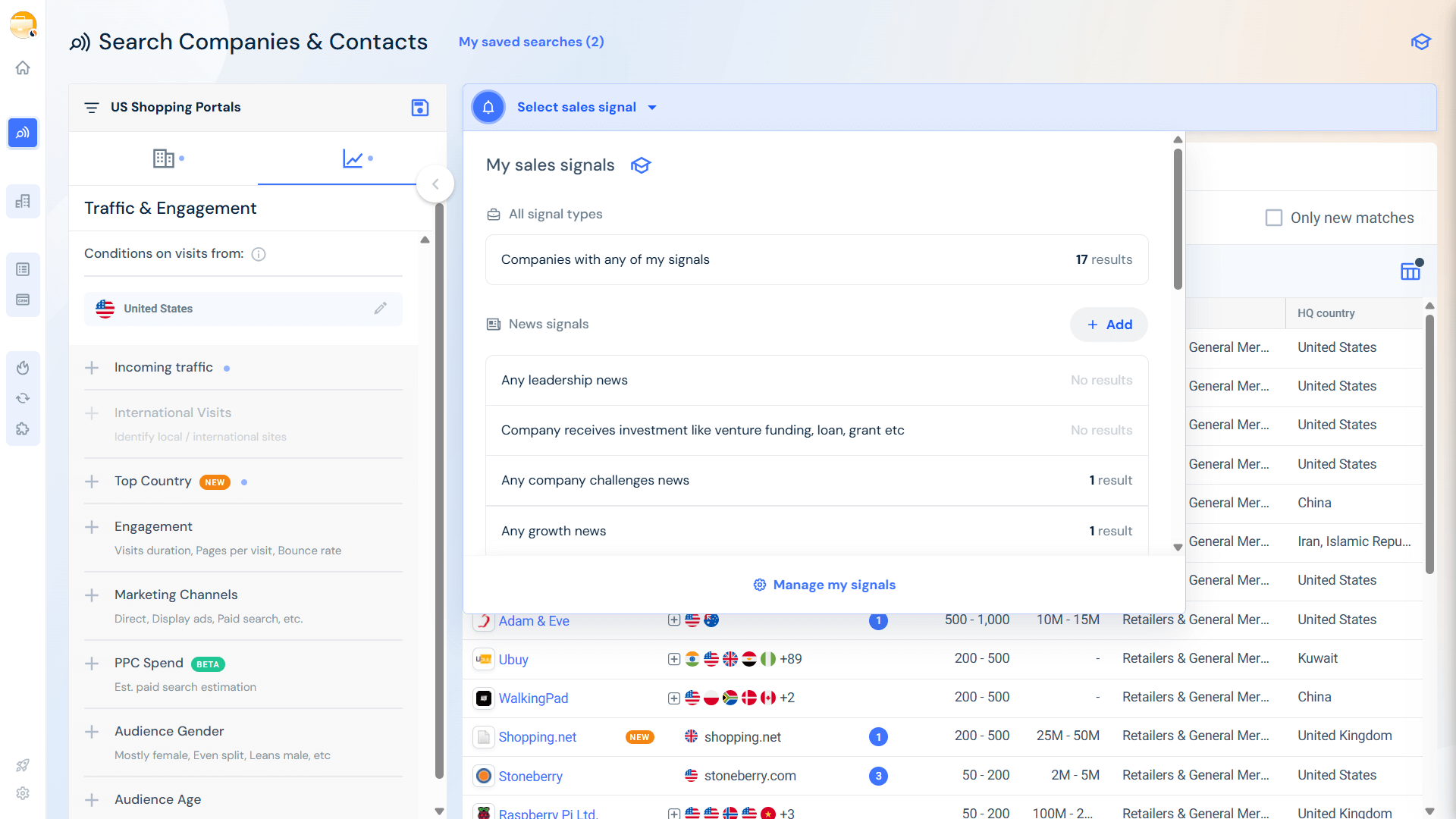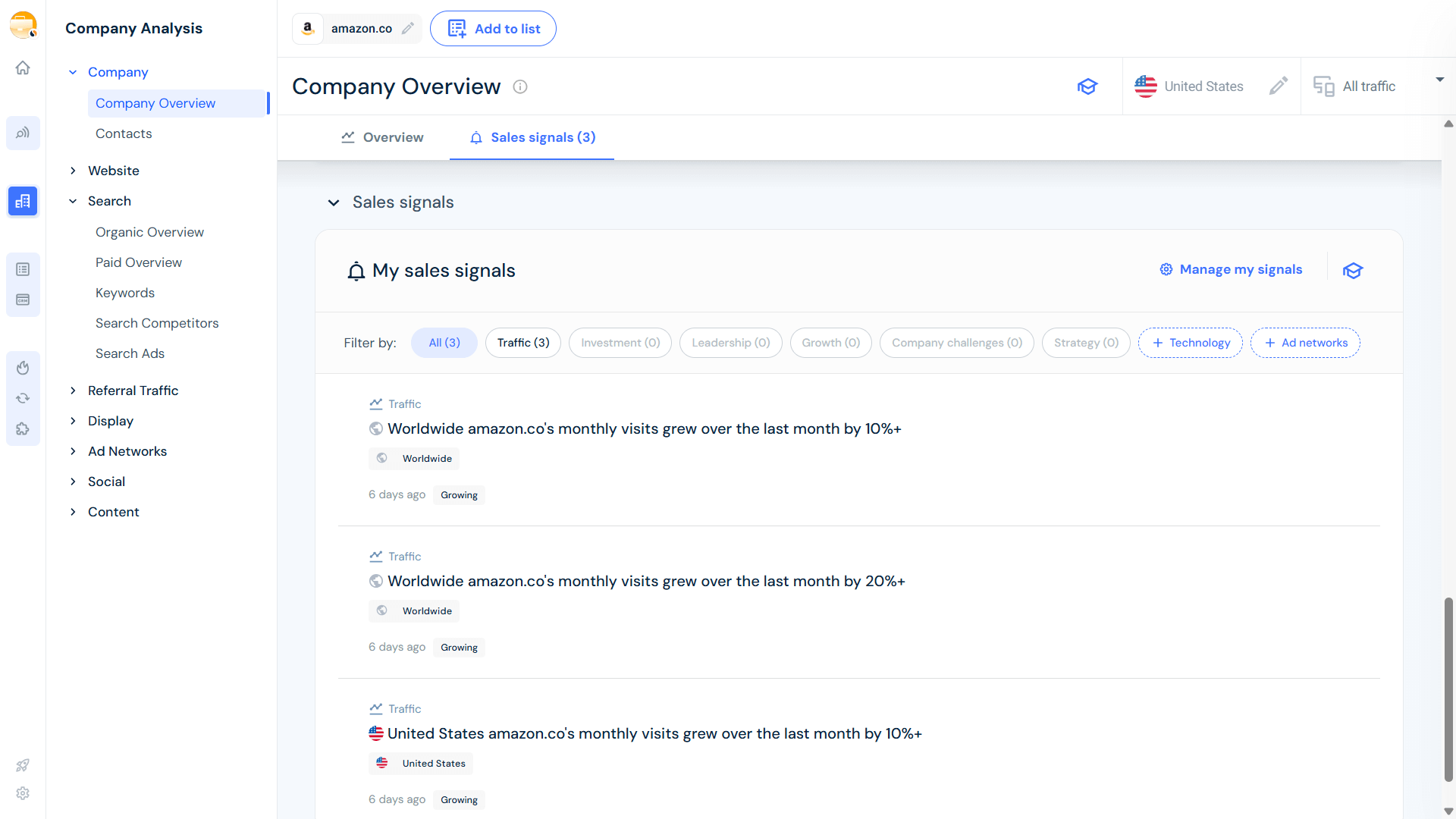Buying Signals: The Most Important Types and How to Identify Them

Ever been in a conversation where someone almost says, “Take my money!” but doesn’t? The trick isn’t waiting for them to spell it out. It’s recognizing the subtle cues that scream “I’m ready to buy!” before they do.
In any competitive market, sales success hinges on identifying these signals. A raised eyebrow at a product’s feature, a follow-up question about pricing, these aren’t just small talk. They’re green lights. And businesses that know the art of spotting them are able to close deals faster, build stronger relationships, and stay ahead of the competition.
By learning buying signals, your company can connect with potential customers at precisely the right moment and adjust your pitch with real interest. It’s all about building trust and creating smooth buying experiences rather than just making the sale.
The best part? Once you know what to look for, it’s like having a cheat code for sales. So, are you ready to spot the signs?
What are buying signals?
When you have a prospect linger on your pricing page a little too long, that’s a buying signal. Buying signals are the subtle (and sometimes obvious) cues that a potential customer is considering a purchase. These signs come in different forms, some are loud and clear, like requesting a product demo, while others are more understated, like comparing pricing options.
The trick is spotting these cues early and using them to tailor your strategy. A prospect attending a webinar? They’re curious. Someone downloading a whitepaper? They’re researching. Recognizing these behaviors helps businesses fine-tune their communication, so that they connect with prospects at the right moment with the right message.
Successful companies track patterns, study user behavior, and anticipate needs before a competitor swoops in. They don’t just wait for prospects to raise their hands. By adapting sales strategies with these indicators, businesses can strike while the iron is hot and turn passive interest into actual conversions.
Why are buying signals important?
Recognizing and acting on these signals can mean the difference between chasing cold leads and closing deals faster.
Here are the primary reasons why buying signals should be at the top of your sales strategy:
Spotting the leads that are ready to buy
Not all leads are created equal. Some are just browsing, while others are practically waving their credit card at you. When a prospect signs up for a free trial, books a demo, or keeps coming back to the same product page, they’re signaling buying intent signals. Sales teams should prioritize these high-intent leads and focus their time and energy where it actually pays off.
Makes every conversation count
Would you pitch the same way to someone casually exploring vs. someone actively comparing options? Of course not. Buying signals help you personalize your sales technique based on what the prospect is actually interested in. If they’re asking about pricing, budget is likely their main concern. If they keep checking your case studies, they’re looking for proof. Tailor your messaging accordingly, and watch user interest skyrocket.
Connects at the right moment
Someone just downloaded your whitepaper. Another commented on your LinkedIn post. These are real opportunities and not just some random actions. Responding to prospects when they’re actively interacting with your brand makes it easier to build trust and move them further down the funnel.
Speeds up the sales cycle
Sales cycles can drag on, but not when you know exactly when to step in. If a lead is asking about contract terms or specific product features, they’re close to a decision. A well-timed response can remove friction, answer concerns, and push the deal across the finish line faster.
Smarter lead scoring and less wasted effort
Scoring leads without buying signals? That’s like trying to guess the weather without looking outside. Actions like signing up for a demo or filling out a contact form should weigh more than a casual site visit. With the right lead scoring model, your team can focus on the leads that actually matter.
Strengthens customer relationships (and keeps them coming back)
Sales is about building relationships and not just about closing. When you respond to buying signals with relevant, timely outreach, you show customers that you understand their needs. That’s how you turn a sale into a long-term partnership.
Types of buying signals
Buying signals come in all shapes and sizes. Recognizing these subtle (and sometimes not-so-subtle) cues can help businesses fine-tune their sales strategies and meet potential customers at just the right moment. Below are the primary buying signals types, each offering a unique window into prospect behavior:
News signals
Company shake-ups can be goldmines for opportunity. Leadership changes, mergers, acquisitions- these events don’t just make headlines; they often trigger major shifts in priorities.
A new CEO? They might be looking for fresh strategies. A merger? Consolidation efforts could mean new procurement needs. Businesses that stay ahead of these changes can strategically position their offerings before competitors even realize an opportunity exists.
Technology signals
When companies make big tech moves, adopting new software, integrating automation, or overhauling systems, it signals one thing: they’re open to change. This is prime time to step in with complementary solutions.
A company upgrading its CRM? They may need better analytics or marketing automation tools. Keeping tabs on these shifts lets businesses ride the wave of innovation rather than watching from the shore.
Ad network signals
Want to know what’s on a company’s radar? Follow the money, specifically, their ad budget. If a company suddenly ramps up ad spending or shifts targeting, it’s a clear sign of evolving priorities.
Maybe they’re launching a new product or doubling down on a specific customer segment. Adapting your marketing and outreach with these trends creates an effortless connection with their current focus areas.
Traffic signals
Website traffic is no longer just numbers but more on behavior. A steady increase in visits to certain pages (product descriptions, case studies, pricing sections) means growing interest.
But it’s not just about the traffic; it’s about where it’s going. Are users spending more time on competitor comparisons? They might be evaluating options. Are they revisiting your pricing page? It could be time for a well-timed outreach.
Intent signals
Some prospects practically wave a flag saying, “I’m interested!” They return to your website multiple times, download whitepapers, interact with high-intent content, actions that scream buying intent.
Businesses that recognize these patterns can prioritize high-value leads, fine-tune messaging, and fast-track them down the sales funnel before competitors step in.
How to identify buying signals with Similarweb’s tools?
Want to know who’s getting ready to buy before they raise their hand? Here’s how to catch the signals early and act fast using Similarweb:
1. Start with your target list
Jump into the Sales Intelligence database. Filter by industry, traffic size, and region to mirror your ICP. Build from scratch or import an existing list. Save it. This is your sandbox.
2. Select your sales signal
In your list view, click on “Select sales signal” and choose the signals that matter most: Intent, News, Traffic, Technology, or Ad Networks. Each one can flag a shift in buyer intent. Track the ones that align with your goals. Selling a marketing tool? Watch for signs their current contract might be ending. Targeting global brands? Monitor for spikes in traffic to catch rising players before your competitors do.
3. Dive into company-level signals
Hover over any signal count to open the Company Overview. This page is for qualification. Here, you’ll see every signal linked to that company, whether or not they’re in your list.
It’s a full snapshot and you’ll also see which signals are being actively tracked, but unless the company is in your saved list, no alerts will be triggered..
5 conversational buying signals to watch for in sales meetings
In addition to using tools and technologies to track digital behavior, it’s just as important to pay attention to interpersonal cues during conversations. These subtle but powerful buying signals can reveal when a prospect is seriously considering a purchase. Here are five conversational buying signals examples:
1. Asking about pricing and payment plans
When a prospect starts talking numbers, pay attention. Questions like “Do you offer financing?” or “Are there any discounts available?” are neon signs flashing “I’m considering this.”
At this stage, they’re already figuring out how to fit your product or service into their budget. This is your cue to highlight flexible payment terms or limited-time offers to keep momentum going.
2. Requesting a demo or free trial
Nobody asks for a test drive unless they’re serious about buying. A prospect requesting a demo, a trial period, or even a sample wants to see your product in action. They’re assessing whether it delivers on its promises.
Once they experience the benefits firsthand, they’re more likely to commit, so make sure your trial or demo showcases exactly how it solves their pain points.
3. Interacting with your content
Not all buying signals happen in direct conversation. When a prospect downloads your white papers, case studies, or e-books, they’re actively educating themselves about your offering. This behavior signals that they’re already in research mode and weighing their options.
If you see repeat interaction like multiple content downloads or frequent visits to your pricing page, it’s time to reach out and move them further down the funnel.
4. Discussing implementation timelines
Timing is everything, and when a prospect starts asking “How soon can we get started?” or “What does onboarding look like?” they’re picturing your product as part of their workflow. This change from “if” to “when” means they’re mapping out logistics.
Your job? Reinforce their confidence by outlining a smooth onboarding process and addressing any concerns that might slow them down.
5. Mentioning internal stakeholders
When a prospect says “I need to check with my team” or “I’ll run this by my boss,” they’re moving your proposal up the chain of command.
Internal discussions mean the purchase is under real consideration. Follow up strategically, offer support materials, and be ready to address objections from decision-makers to keep the deal on track.
Turn buying signals into sales – the smart way
Spotting a lead is one thing, sealing the deal is another. The trick is to recognize these buying signals before your competitors do.
That’s where Similarweb’s sales tools come in. Unlike other platforms that rely solely on publicly available data (like funding rounds or org changes), Similarweb gives you access to behavioral signals no one else can see: web traffic and engagement trends. You get a 360° view of buyer intent, which reveals when and where prospects are actively evaluating solutions. That means you can time your outreach perfectly, tailor your pitch with confidence, and consistently beat the competition to the deal.
Companies that harness these data not only follow trends, but also shape them. They fine-tune outreach, personalize pitches, and close deals faster, all because they know what their prospects want before they say it out loud.
Reacting isn’t enough, you need to anticipate. And with the right tools, you’ll turn casual interest into confirmed sales before your competitors even blink.
Ready to move from insight to real impact? Start using Similarweb and watch your conversion rates climb.
FAQs
How can buying signals refine sales strategies?
Buying signals give businesses the inside track on customer intent. Spot them early, and you can tailor your sales strategy to match exactly what potential customers need, before they even ask. The result? Higher conversion rates, smoother sales cycles, and stronger client relationships that actually last.
What kind of data helps detect buying signals?
Spotting buying signals lies in behavioral data, things like web traffic spikes, user trends, and competitive shifts. When analyzed together, these data points reveal when a prospect is ready to buy. The more you fine-tune your ability to read them, the better you can position your sales efforts to strike at the right moment.
How does recognizing buying signals affect marketing efforts?
Marketing is all about relevance. When you understand buying signals, you can adjust your campaigns with what your audience actually cares about, right now. Whether it’s tailored messaging, strategic timing, or targeted offers, tuning into these cues increases user interaction, strengthens brand trust, and in the long run leads to greater customer loyalty.
Boost your consultative selling impact
Try Similarweb Sales Intelligence today — free of charge





